“3D design tools help convince clients? I don’t need CGI for that! My work will speak for itself,” – you might think. If you do – you are in for a surprise! For as much as we’d like to agree, experience says otherwise. Presenting the project and being a good negotiator is a matter of survival for a designer. As a 3D rendering company, we’ve helped many brilliant interior designers to prepare materials for all kinds of negotiations. This way, we know how many challenges they face and can advise on how to overcome them. So how does one convince a difficult customer? Let’s see.

Explain why the idea is wrong: a question of responsibility
In general, the work of interior designer consists of two main tasks: creation of a professional design and ensuring that the customer is happy with the result.
One might think that these tasks are interdependent and that the first criteria automatically leads to the second one. Most of the time, that’s not how things happen. In real life, you might have to stay awake at nights, eyes bloodshot, figuring out how to incorporate all wishes of the client. As a result, the latter is unhappy with the outcome, since he wasn’t really sure what he wanted.
Quite often, customers interfere with the design insisting on ideas that might not fit into overall concept. Another option – you realise that the idea he wants to incorporate will prevent you from achieving the desired effect. What should you do?
Obviously, your main objective is to deliver the project to the customer’s satisfaction. Which is why you agree to all his ideas, even the most unreasonable ones. However, this way, you are unable to create the best interior design for that particular task. As result, you may lose the project. Or, even worse, get negative feedback from the disgruntled cutomer. Your reputation is at stake here, for you will be the one to take all the blame. This is why it is in designer’s best interest to know how to present, convince and negotiate.
How can designer explain that his option will work best without hurting anyone’s feelings?
Without any doubt, complying with the given requirements is the crucial element here. To do that, a designer needs to:
- Get into the customer’s head
- Understand what he really wants
- Manage to convey this concept
Psychology? Magic? A little bit of both. Take a look at these 7 recommendations and see how to convince, develop and realise a high-quality design.
How to Discuss Design Projects with Customers
#1. Individual approach
To convince a person, seek to understand. Every designer should be a good psychologist. It’s vital to understand people, listen carefully to what they say and even read minds. Only then will he be able to create a comfortable and unique interior design. Which is why it is so useful to learn about his personality as much as possible – his habits, rythm of life and so on. People knowledge is handy tool in design.
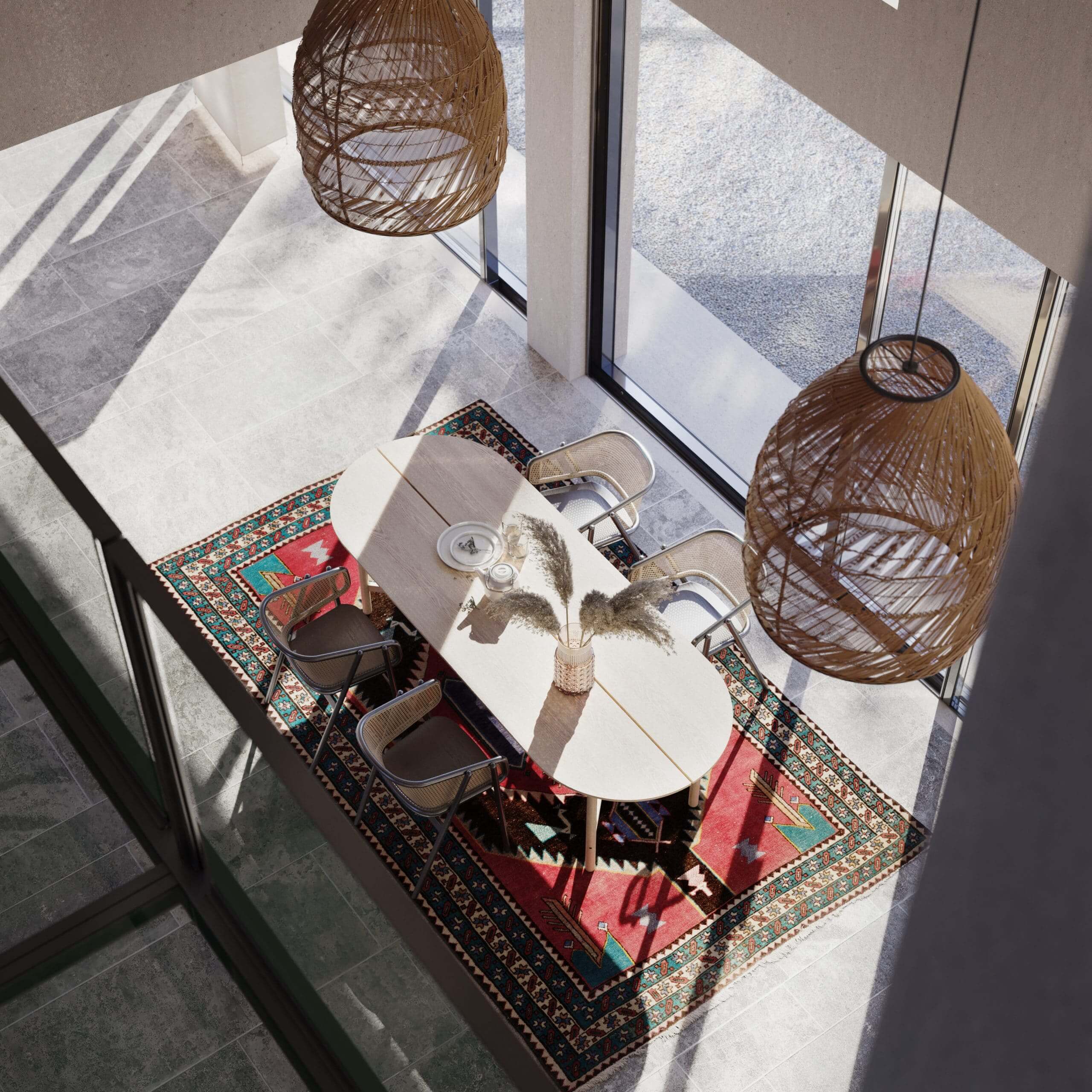
#2. Present with confidence
Having developed a design project, be sure that this is the best option possible. Your task now is to transmit this confidence to the customer. In order to achieve that, inspire him by being enthusiastic about the concept. Following phrases, pronounced calmly and confidently, will help you to make an impact and be persuasive:
- Designer can see a few steps ahead …
- Having combined all your wishes …
- Please try to be patient till you see the result
- Have faith in me and my experience – I know it will work out.
#3. Simplify and Educate
When you get to know him, formulate your ideas using his own words and concepts; avoid talking shop and going into things like design theory and coloristics.
However, if the client likes going into detail, then by all means do explain. That is, talk not only about the emotional part, but about the theoretical foundations for a decision being discussed.
#4. Let the customer know that his opinion matters
Ask your customer for advice as often as possible on small things like “how to make it better”. Make him feel involved, for he will live in the interior developed.
This little trick will help you to get on the right side of him and win his trust. Moreover, when a person pays for a sevice, he or she either wants to get the result straight away, or feel in control of the project. By doing this, you will make him comfortable.
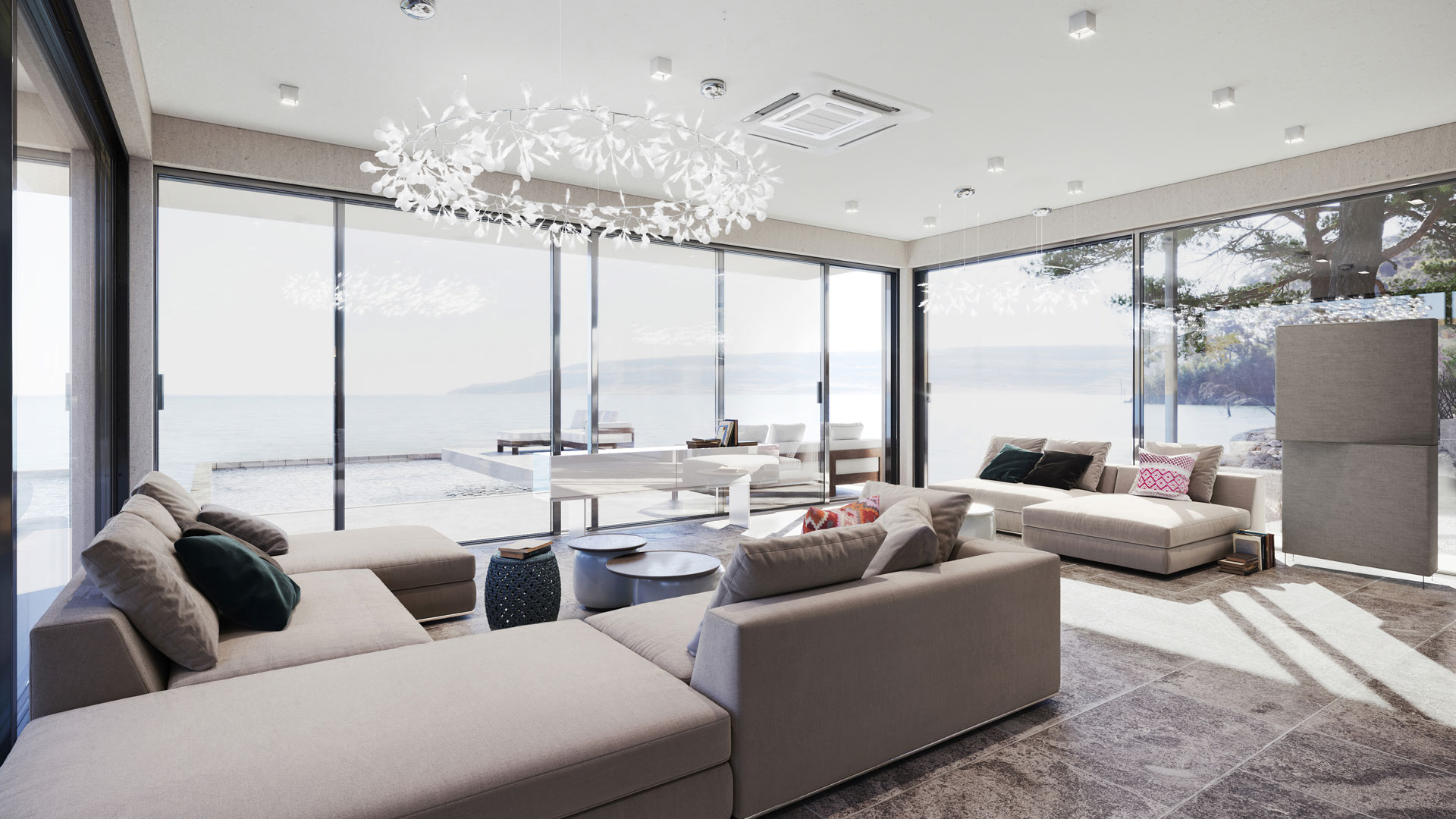
#5. Choose materials and decor together with client
The best option would be to take the customer to the store and pick all you need for renovations.This way, he can feel the fabrics, sit on the armchair and see the tiles for the bathroom for himself.
#6. Make your presentation visually powerful
To agree on the developed project, you need to make the concept perfectly clear. Of course, you can do it by using moodboards, collages, sketches. They sure can inspire the customer, but will not allow him to form a crystal clear picture of the outcome he will get (which might lead to unpleasant consequences in the future). But 3D design tools, such as a quality photorealistic architectural visualization, can do just that! It is more persuasive than a thousand of words and promises. Consider getting different types of 3D rendering, 3D models or an animation. As experience shows, even the most stubborn person can be persuaded with a 360 view of your interior design or even a virtual tour!
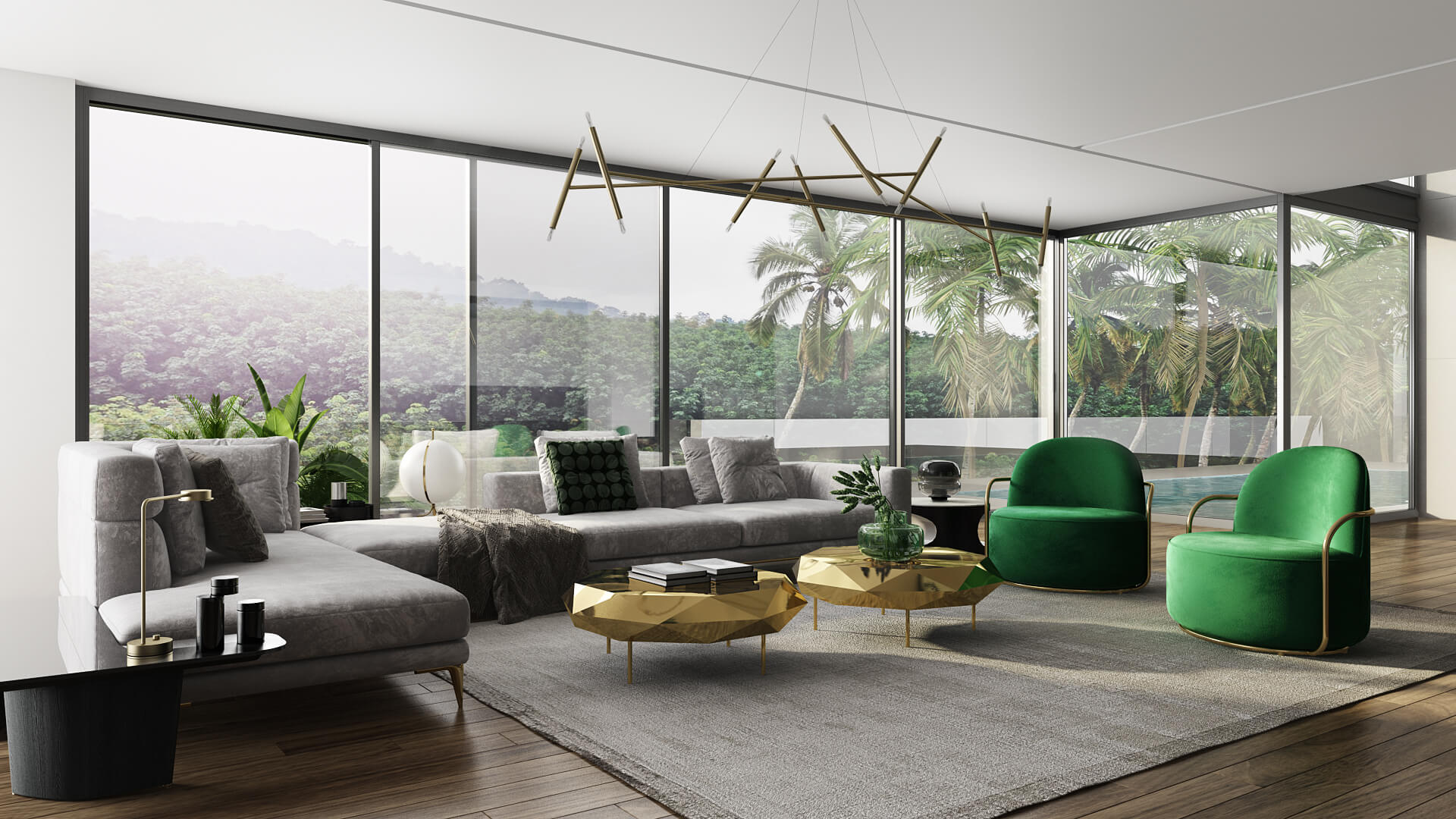
#7. You are convincing when you are calm
If the arguments do not work, the main thing is to listen and keep things positive. How can you prove you know better? Remember the previous paragraph. Just show him a photorealistic 3D design tools, preferably static renders, with the interior design ideas you oppose. Seeing the outcome usually makes things clear. This way, this 3D design tools can save a designer from a “bad” design and customer’s dissatisfaction.
That is why we strongly recommend you not to underestimate the benefits of CGI tools for presentation of an interior design concept. Don’t have enough time for doing a 3D design? That’s not a problem – hire professionals to do a 3D model render for you. Seventy visualizers of ArchicGI company will gladly help! You will be able to control the process of 3D modeling at every stage you wish.
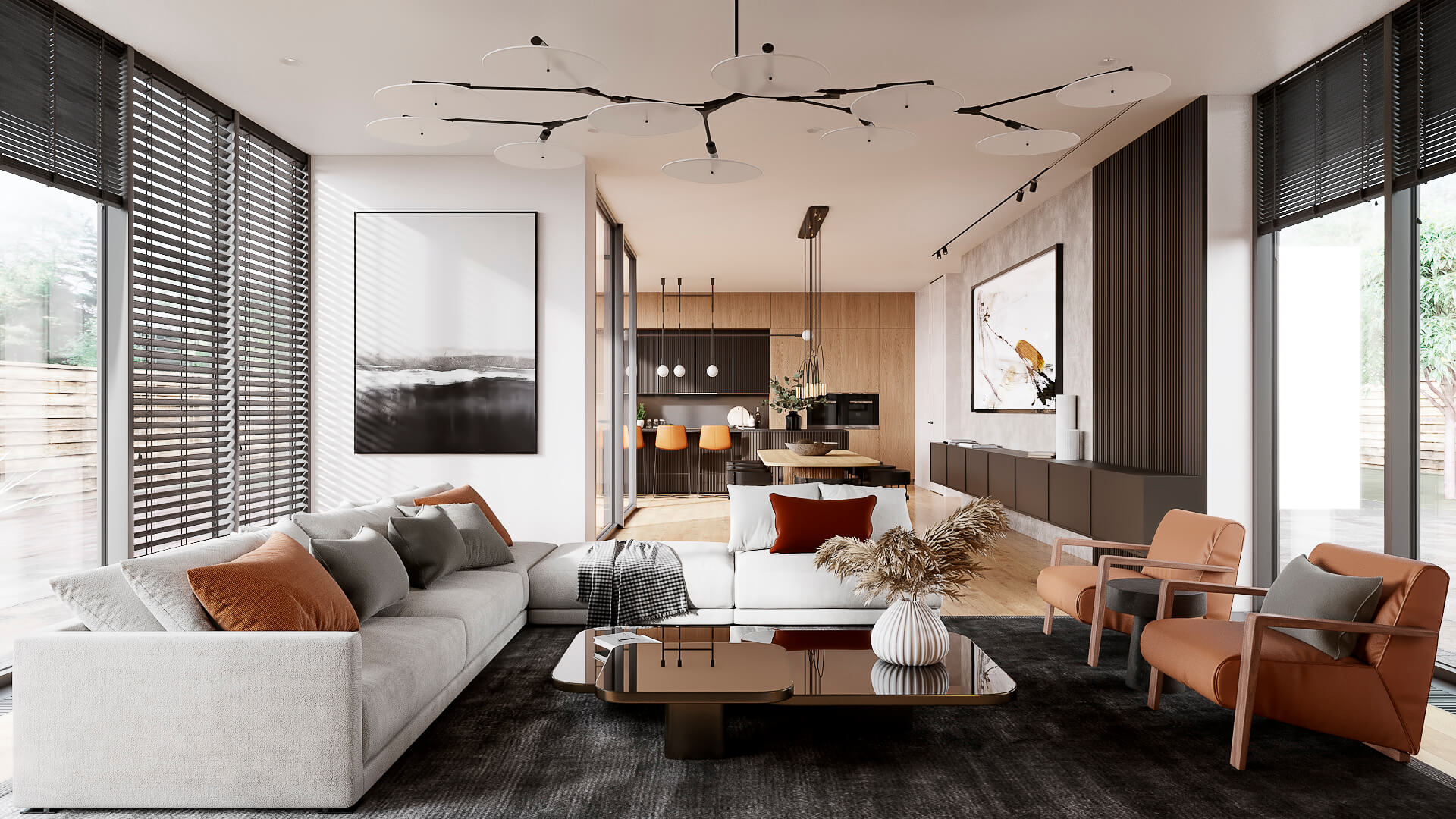
Just like a designer, 3D visualizer is an artist with a style of his own. Working with ArchiCGI company, you get the opportunity to choose your personal visualizer. Have a look at the visualization and modeling projects of our 3D artists in our portfolio!
But there is always a possibilty that there will still be some controversial moments which cannot be conveyed using 3D design tools. What to do then?
Here are two ways a designer can deal with the unpleasant situation.
Time to give up? Not yet!
Here are a few strategies you can use to cope with a difficult situation.
Strategy 1: Find a compromise
Take into consideration the client’s opinion. If his idea doesn’t violate norms for building construction and does not contradict the interior concept developed, try to use it. It’s good to keep an open mind, as it may result in some pretty interesting ideas. Better still, you can incorporate this idea after improving it and adjusting to design rules.

Strategy 2: Make it clear that the customer will have himself to blame
One of you takes full responsibilty for the outcome. Explain one more time why the idea is erroneous. And then, warn the client that if he persists, he will take full responsibility for the outcome.
Following phrase works like a charm: “Now that you are aware of all the implications, you must make a decision. But after that, you will not have any right to complain that I didn’t warn you”. Then, give him some time to think things over. At this stage, people tend to calm down and reflect.
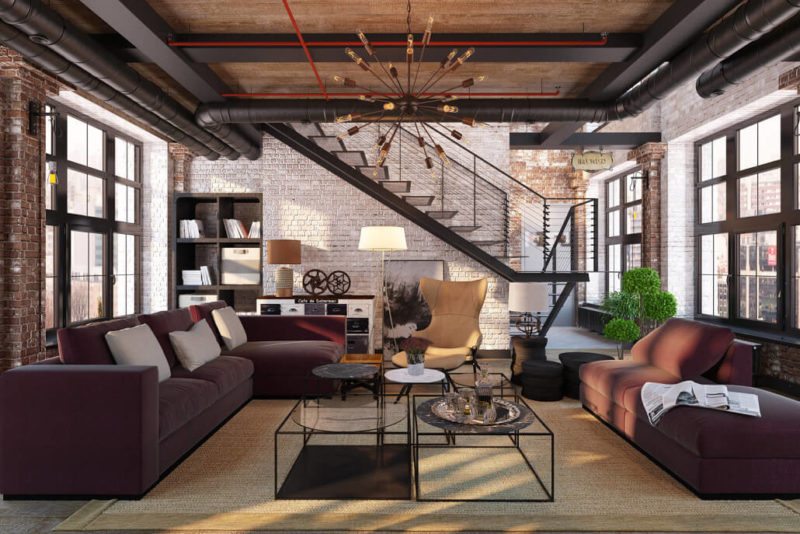
Strategy 3: To convince the customer, challenge him
Indeed, in order to make things right, designer can do even more. Take full responsibility for the outcome of your idea. If you are 100% sure in your interior design, promise the client that if he doesn’t like the result of your project, you will realise the implementation of his idea at your own expense. And having seen the concept realised, people usually don’t want to change a thing. Risky? Sure! But so rewarding at the same time! From my own experience, the customer’s joy is totally worth it.
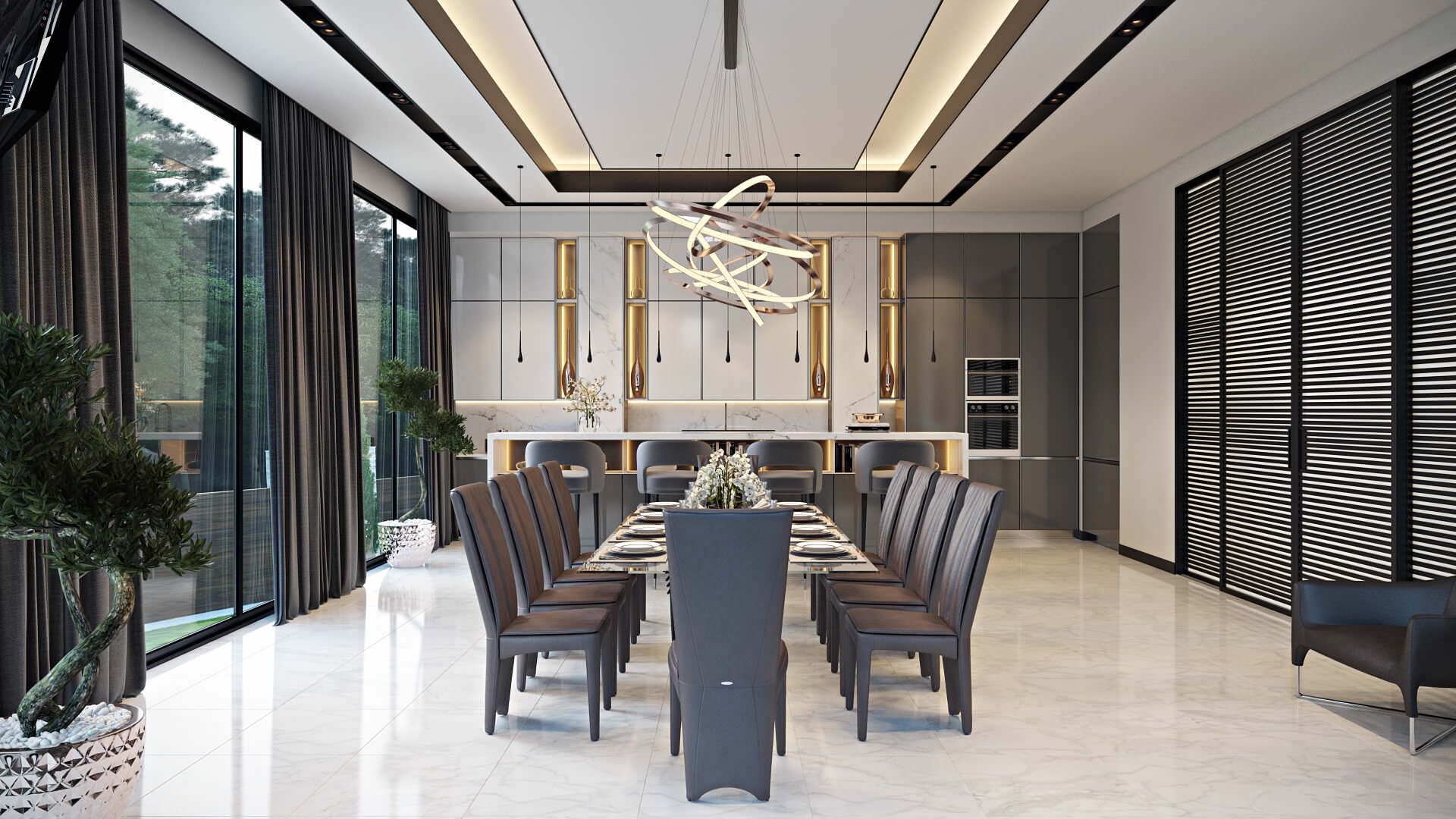
The main thing is that at the stage of the development of a design concept, the customer may not fully realise what exactly he wants. So the task of a designer is not only to understand his wishes and develop an ideal interior design. As well as that, he must be able to convince the client that this idea is perfect for him. For that, I highly recommend using 3D design tools, as they will make your life way easier. Then comes the best part: realisation and customer’s happiness with the amazing result he gets.
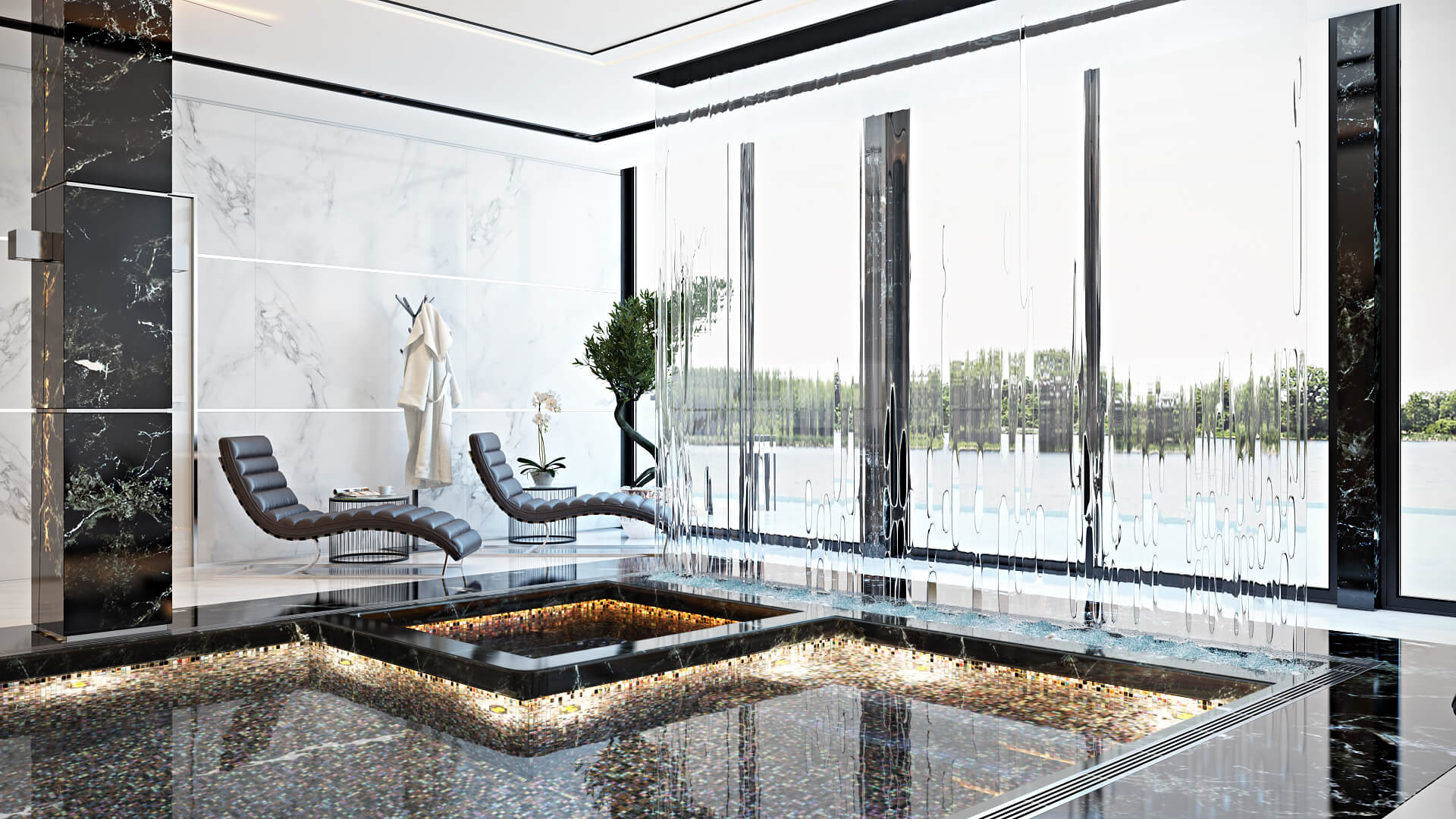
To sum up, we hope that our advice will help you to master the art of persuasion and make a convincing pitch. When working with particularly stubborn people, however, use the power of 3D design tools. Consider getting interior and exterior visualisation, 3D model or animation, 360 view of your design concept or a virtual tour. It can make a huge difference and win the presentation for you!
Present your architectural project like a work of art with AI-powered CGI
Our team will be happy to help you. Contact ArchiCGI to order 3D rendering services – start using 3D design tools to make your presentation breathtaking and visually powerful.
We wish you most interesting projects and easy negotiations!

Irma Prus
Content Writer, Copywriter
Irma writes articles and marketing copy for ArchiCGI. Her dream is that more people discover the power of CGI for architecture. Irma is into neuromarketing, ruby chocolate and Doctor Who series.



Comments
James Martin